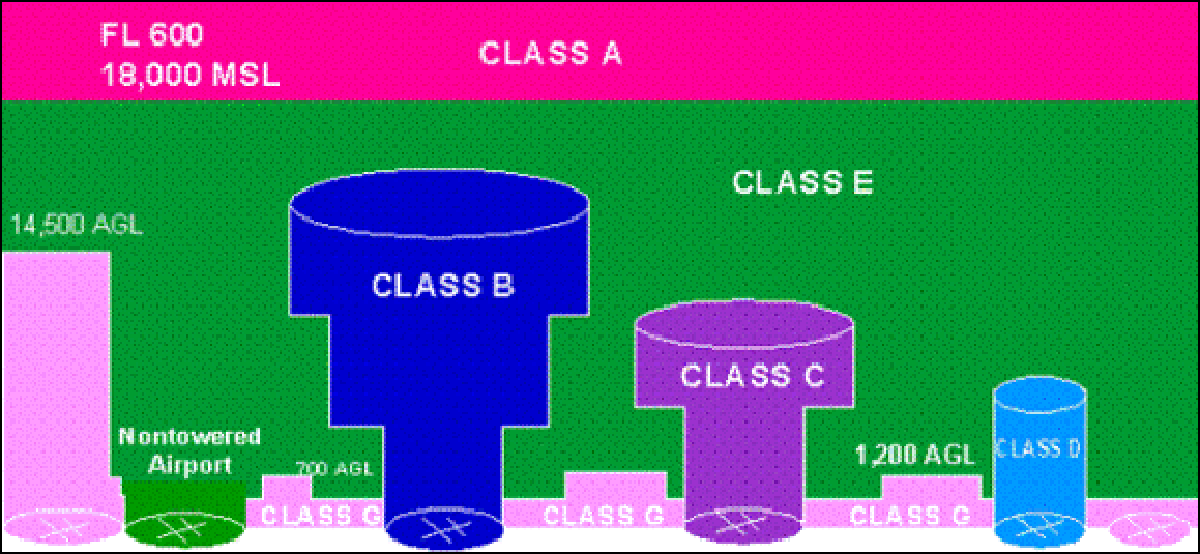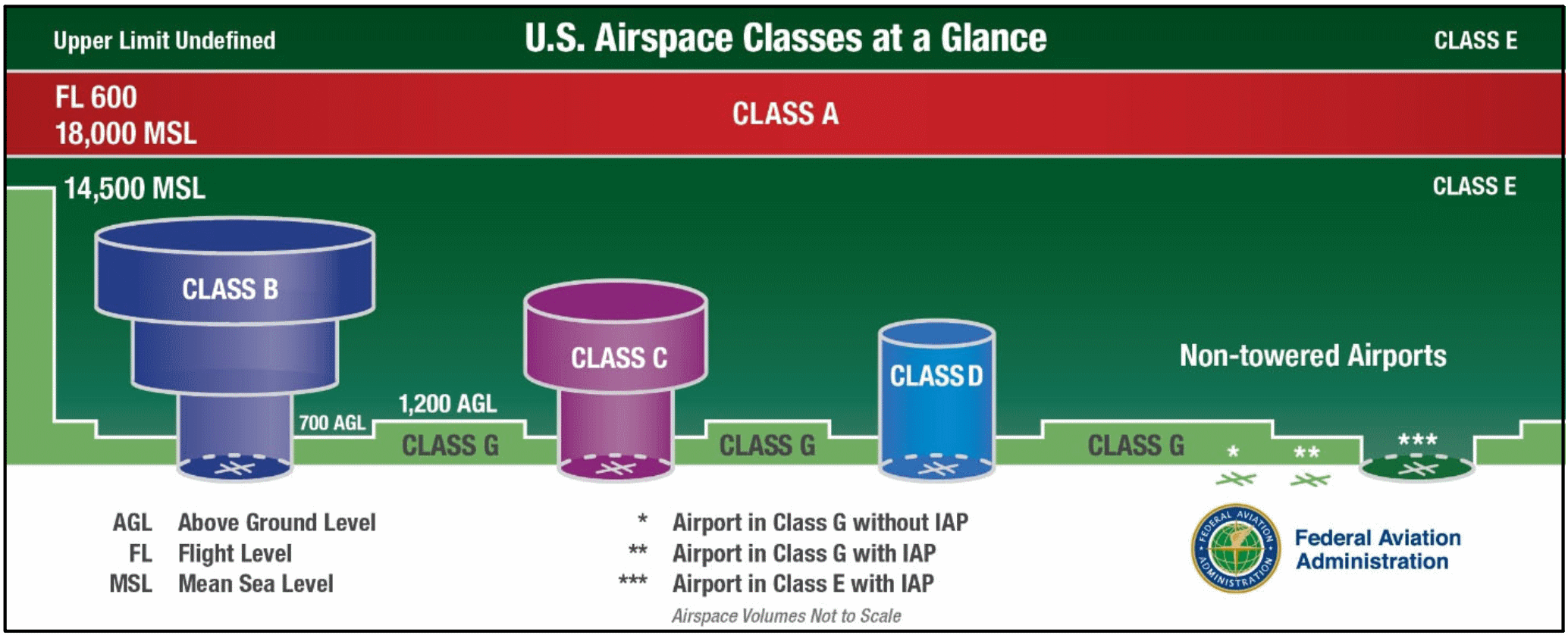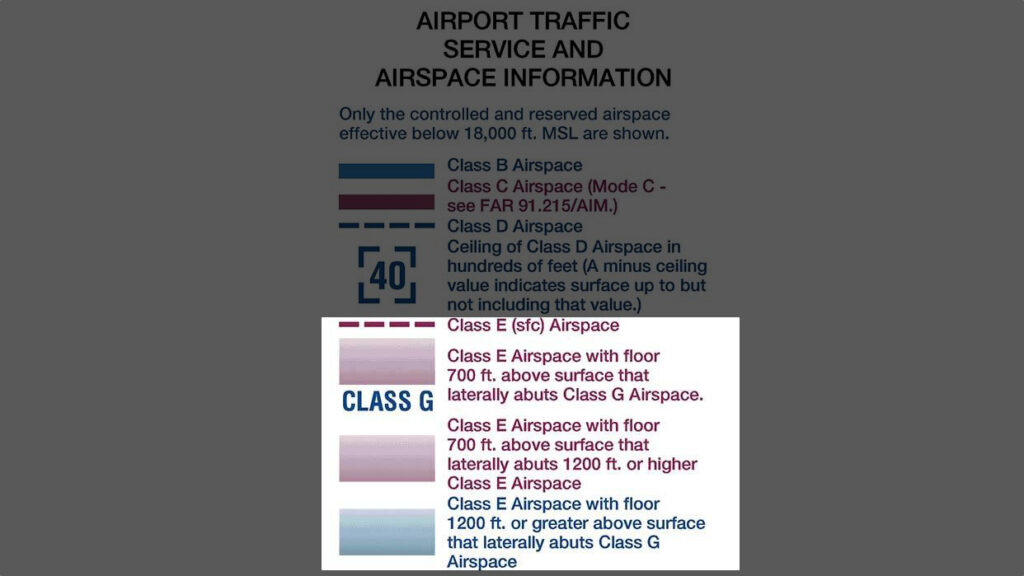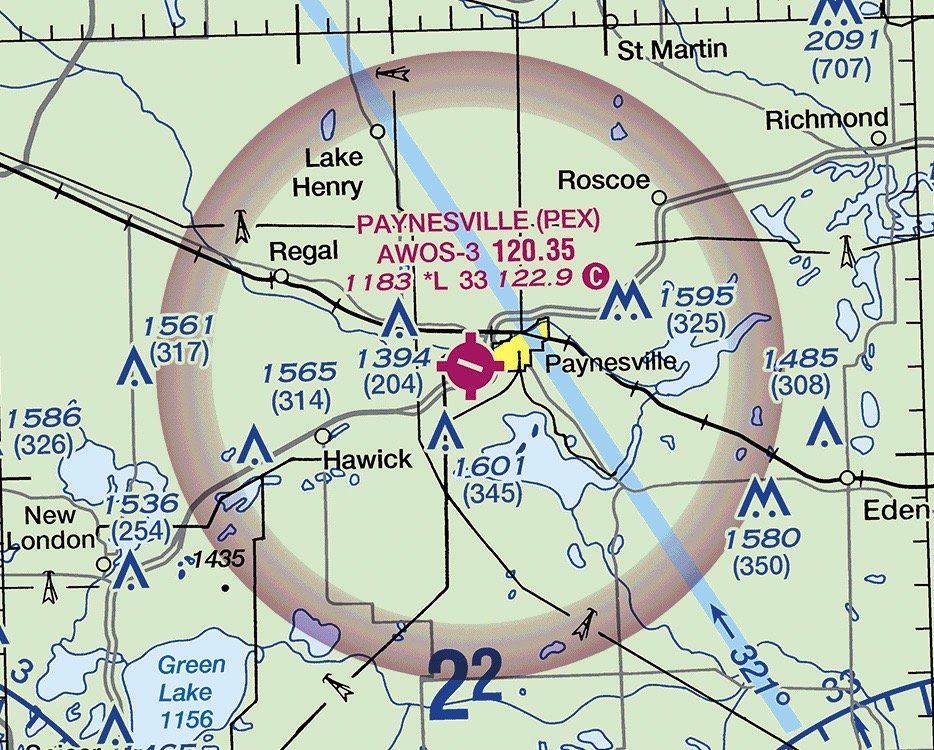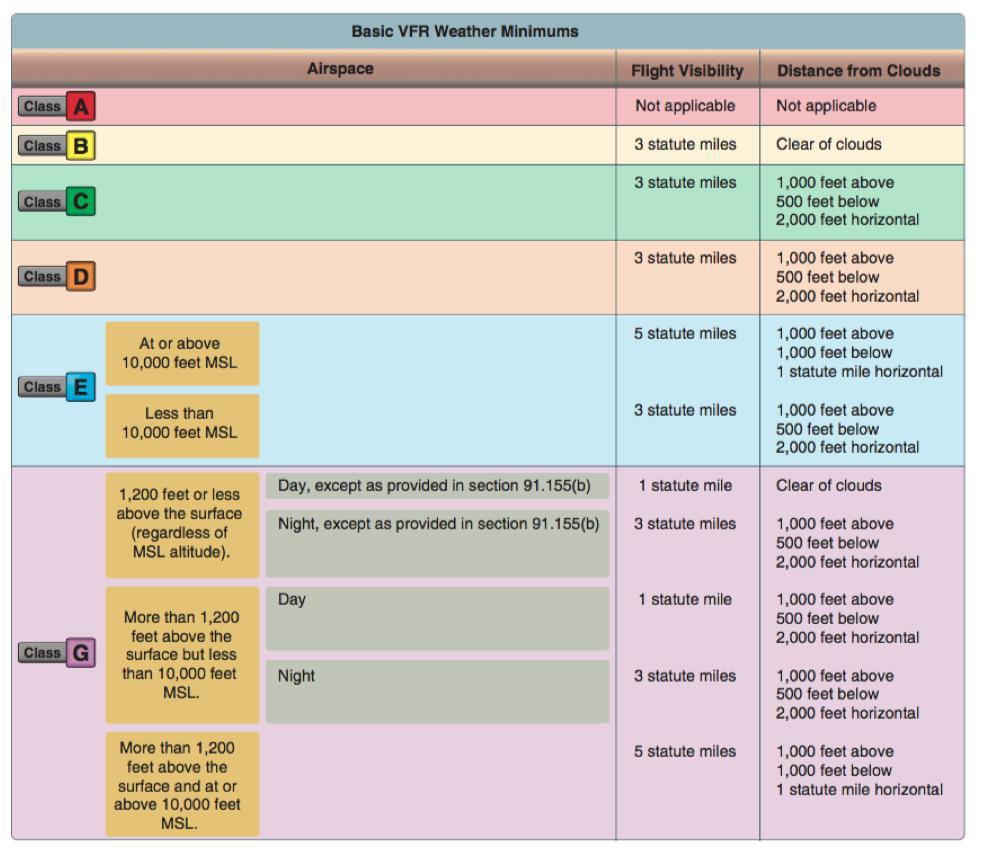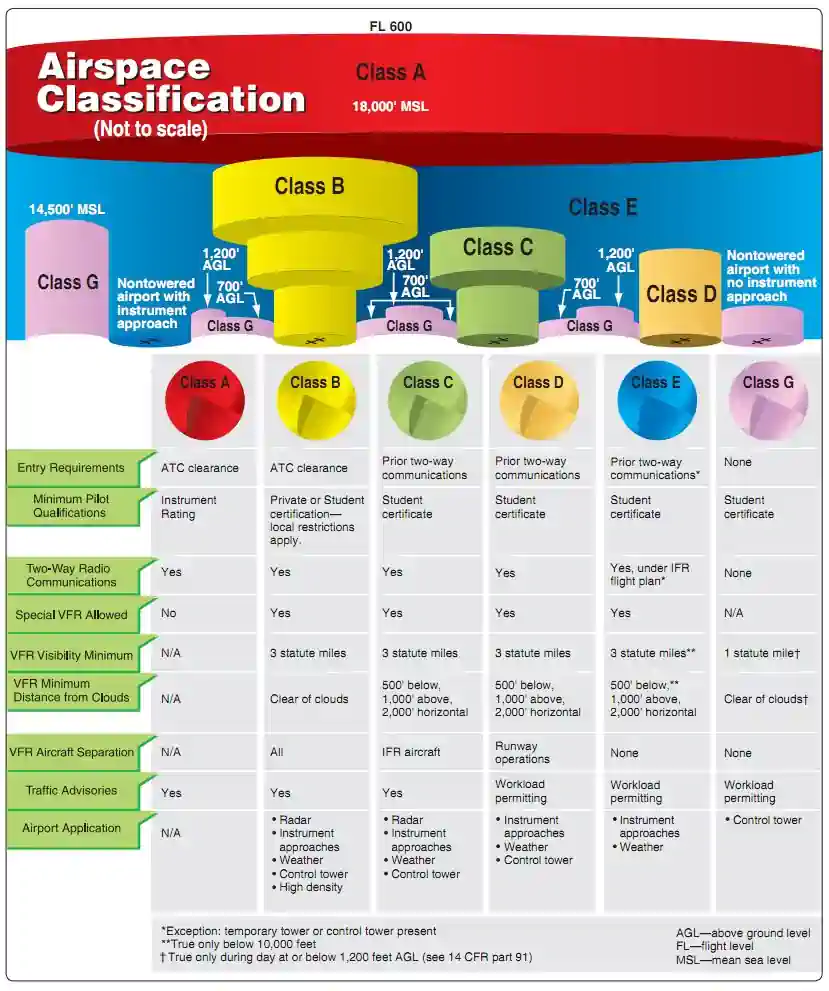class g airspace requirements
When flying 1200 AGL or below. 18 rows Class G 1200 feet or less above the surface regardless of MSL altitude.

Understanding Class G Airspace In Depth Explanation Youtube
It extends from the surface to the base of the overlying Class E airspace.
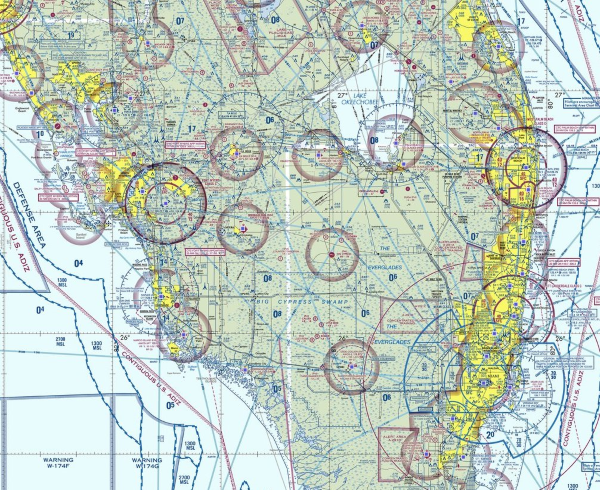
. Flight Rules Pilot Equipment. There are no entry or clearance requirements for class G airspace even for IFR operations. IFR and VFR flights are permitted and receive flight information service if requested.
Pilots are allowed to fly in Class G airspace as long as they operate within the limits of the restrictions and meet the minimum weather requirements set by the FAA. Class G is your uncontrolled airspace. No radio or transponder requirements.
If underneath Class B or C airspace Class D extends to the floor of the airspace. You need the clearance from the controller in charge of the airspace. In real life thats simple.
From whom do you need the clearance. Though it may not seem like it Class G is most of Canadas airspace. Class G airspace is uncontrolled airspace that has not been designated as Class A B C D or E.
Class E and G. Class G airspace is typically the airspace very near the ground 1200 feet or less beneath class E. Class D is a single cylindrical area extending from the surface to 2500 feet agl.
36 rows Notwithstanding the provisions of paragraph a of this section the following operations may be conducted in Class G airspace below 1200 feet above the surface. Air Traffic Services Chapter 2 Section 26 The services provided and flight. S21 User requirements for 21st Century Class G airspace continue to be wide ranging and even include potential new users such as Unmanned Aerial Systems.
For aircraft other than helicopters. 3 miles visibility 500 below 1000 above. The only requirements are to have 1 mile of visibility and to stay clear of clouds.
Youre 10 miles off from the airfield Youre 5 miles away from the. 1 mile visibility clear of clouds. Lets break the minimums down into.
Altitude Range. Depending on the height at which you fly and the time you fly in Class G airspace your visibility requirements can vary from 1 to 5 SM. Student pilot operations at some Class B airports are prohibited.
Day except as provided in 91155b 1 statute mile. Class G minimum weather requirements exist so that you can see and avoid other aircraft and stay out of the clouds. What class airspace can drones fly in Canada.
VFR visibility requirements in class G. Class G Airspace Boundaries of Class G Airspace. If youre to utilize any Class G airspace airport for take-off or landing make sure to make the position calls when.

Sectional Chart Airspace Classification Overview Aerial

Vfr Cloud Clearances Pilot Training For Ga

Airspace Visibility Requirements Diagram Quizlet

Faa Airspace For Vfr Flight Youtube
Class G Airspace Everything You Need To Know Pilotmall Com

Ecfr 14 Cfr 135 609 Vfr Ceiling And Visibility Requirements For Class G Airspace

3 4 Class E Airspace Diagram Quizlet

Far 135 609 Vfr Ceiling And Visibility Requirements For Class G Airspace Aviation Regulations
How To Remember Vfr Weather Minimums Bobbie Lind
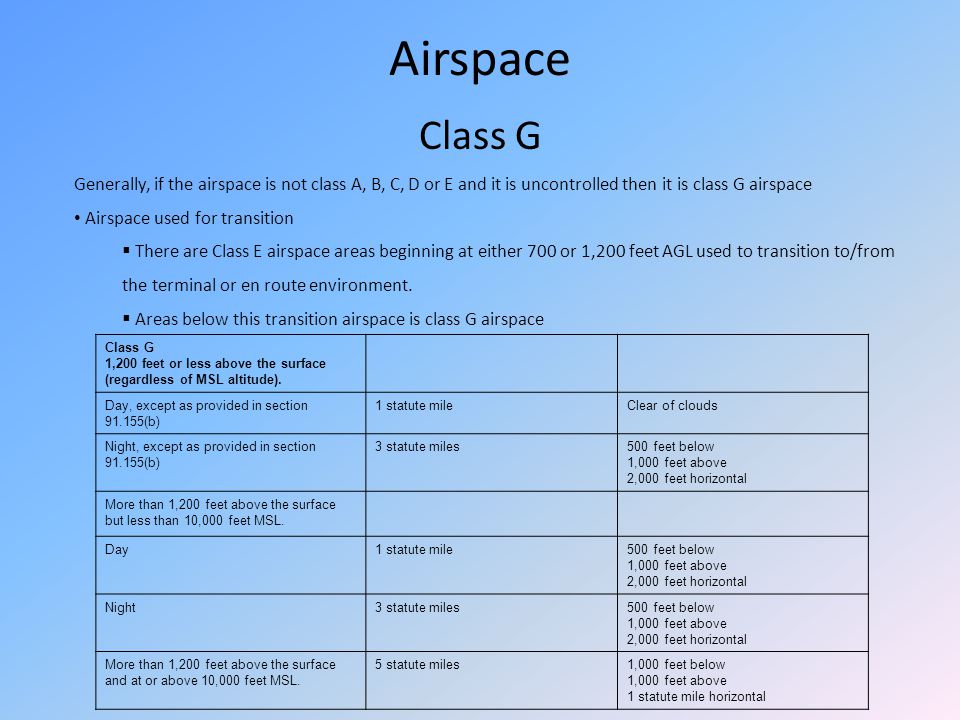
Atc And Ifr Procedures An Rco Creation Ppt Video Online Download
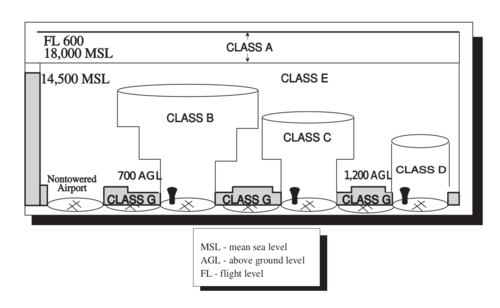
Airspace Class United States Wikipedia
